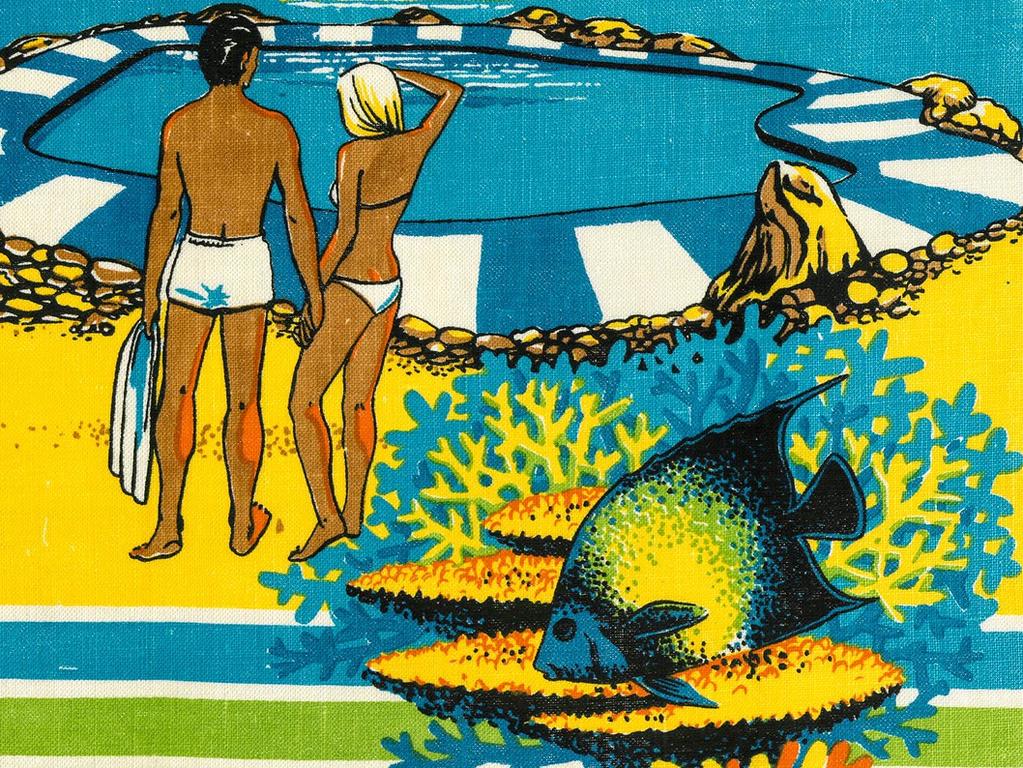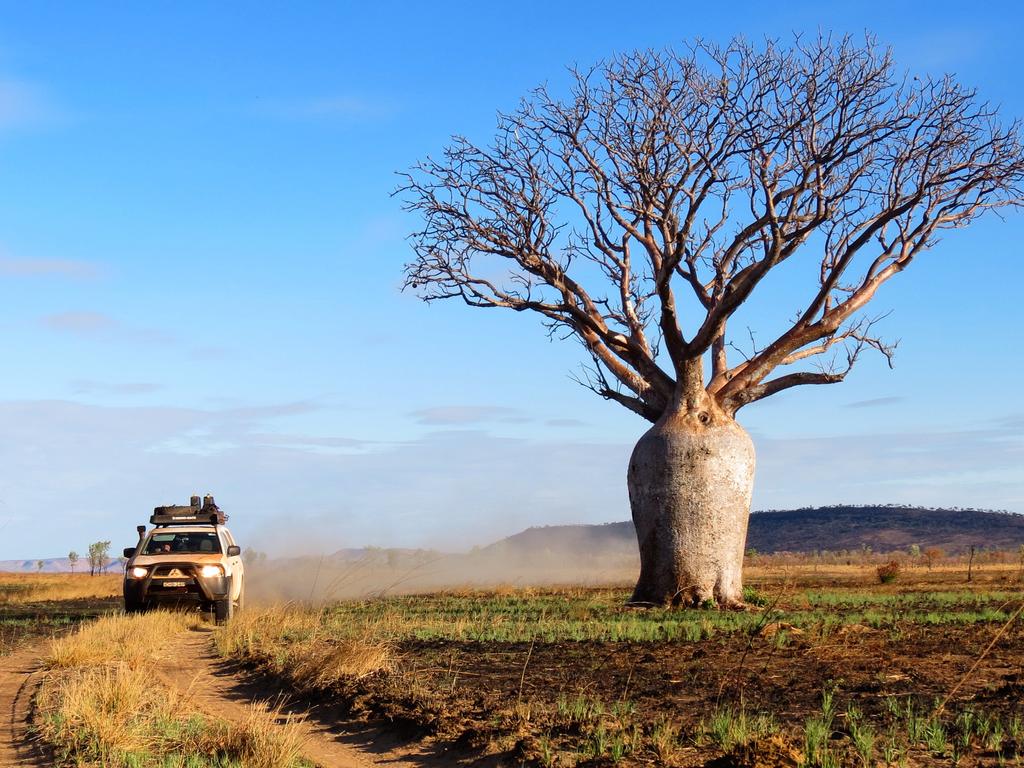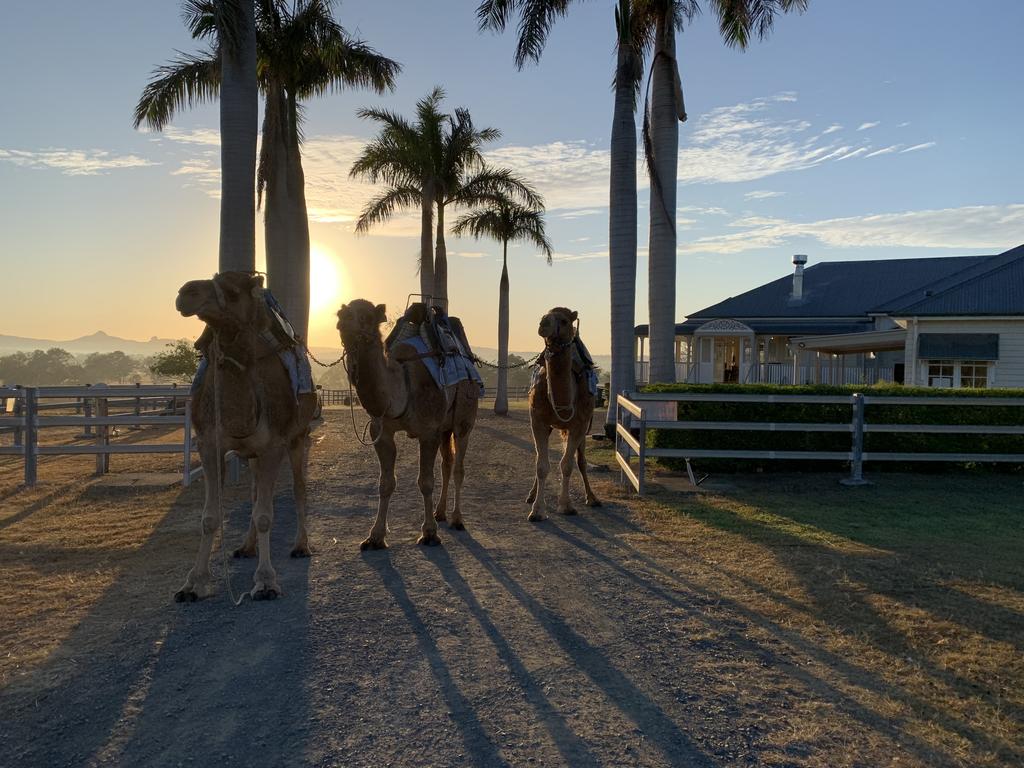Can a trip to Greece’s sacred ruins help you predict the future?
Delphi, the ancient shrine of knowledge, now attracts more day-trippers than pilgrims. But one pandemic-weary traveller hopes it can shed light on what’s to come.
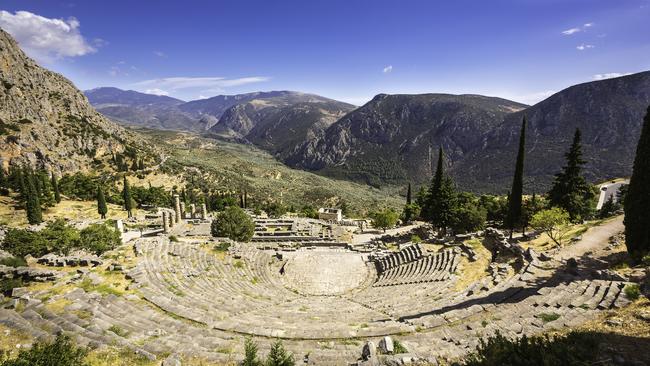
The beauty of travel has always been its unpredictability but, in the Covid era, unpredictable has taken on new meaning. In November 2021, finding myself able to travel again and desperate to escape the sensory deprivation tank that has been Covid living, I choose my first destination: the small town of Delphi, perched on the side of Mt Parnassus in central Greece. I go to that shrine of knowledge and prediction because, if the past two years have shown us anything, it’s that we really have no idea what the future holds. I need to see something, anything, that I haven’t seen before. I also want to understand how the ancients dealt with their crises of doubt and anxiety and the basic human inability to see what’s coming.
Delphi is where the uncertain have always gone to ease their uncertainty, a place of pilgrimage since before recorded history. One of the first travel writers, Pausanias, described it extensively in his tourist guide to the ancient world, about 1800 years ago. Scholars consider the roughly 160km walk from Athens to Delphi’s Temple of Apollo among the oldest continuously used footpaths in the world. It’s one of the first trips people took with the goal of trying to figure things out.
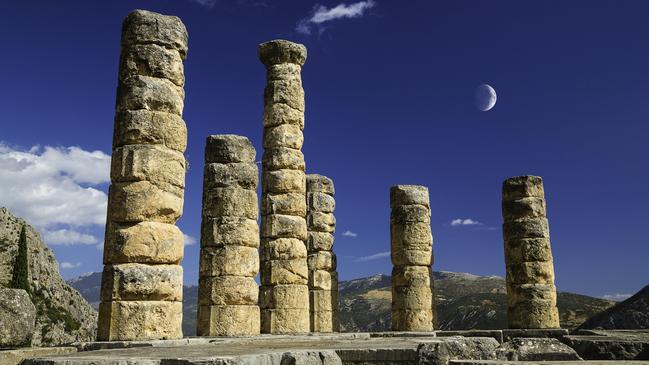
According to Greek myth, Delphi is the centre of the world, but the modern town feels more like one on the world’s edge. A couple hours’ drive north of Athens, it’s little more than three streets on the side of a steep valley. The ruins of Delphi, a short stroll from the town, contain a sizable theatre and stadium, which overlook the splendid Pleistos valley in one direction, and the Gulf of Corinth in the other. In the centre of the complex sits the temple of Apollo. In the myth, Zeus sent two eagles to figure out where “the earth’s navel” was, and where they crossed paths, he placed a stone. That’s the omphalos, which is still there, a large oval rock beside the temple.
On a bench beside the stadium, surrounded by nuthatches and rooks, I realise one of the most powerful aspects of a trip to Delphi is the combination of culture and nature it offers. The ruins are spectacular exactly because they contrast so strongly with the beauties of Mt Parnassus and its valleys.
A day trip from Athens is the typical way to see the place; the site and museum can definitely be appreciated in a few hours. I spend an extra day in the town because I want to see the Corycian cave, a site of divination and orgiastic ritual that dates back to Neolithic times. Reaching the cave involves a challenging hike up Mt Parnassus, partly along Europe’s E4 long-distance path. If you go, either hire a guide or bring a good map. (I get lost and only the Alltrails app saves me.) The last section is particularly steep, narrow and thorny.
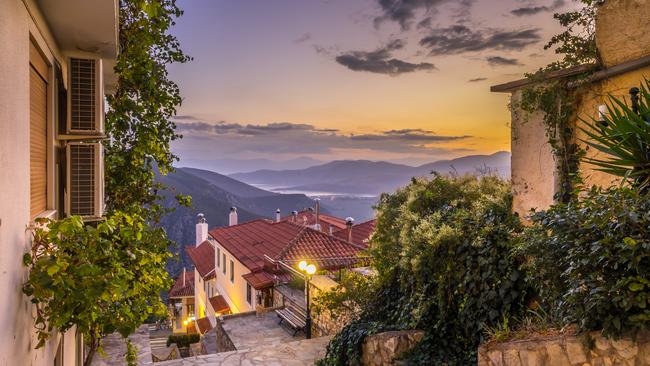
But it’s worth it. Standing in the cave is a rare chance to experience the ancient in an unmediated way. There are none of the hawkers that surround other tourist sites. There’s not so much as a plaque, just a signpost. The cave looks, from the outside, like a fanged mouth, and as you enter you feel like you’re being swallowed. The power of the pagan rituals are still evident. At the lip of the cave, I find a portion of a goat’s skull and little offerings of coins, presumably left as offerings. Inside are burnt sacrifices in clay pots and candles set in walls. I feel an inexplicable childish fear, a strange sense of intimacy with the earth. The only people I meet during the entire journey are the shepherds and goat herds on the side of the mountains.
On the way back from the cave, I pass the ruins of Delphi again, where millennia ago the oracle – supposedly possessed by Apollo himself – rendered her famous pronouncements. I have read that, as she performed her ritual, the temple filled with mysterious sweetish vapours, probably the result of escaping ethylene from a fault line directly underneath her. Sometimes her pronouncements could be quite specific: “Love of money and nothing else will ruin Sparta,” for example. Mostly they were ambiguous. When the Greeks asked how to defeat the Persians in 480 BC the oracle answered: “Pray to the winds. They will prove to be mighty allies of Greece.” Eventually a storm foundered the Persian fleet.
The real power of the prophecies of Delphi was probably less in the pronouncements, and more in the practice those pronouncements enforced. Visitors could only consult the oracle on the seventh day of the month, and only for the nine warmest months of the year, and sometimes an answer was so lacking in clarity that pilgrims had to return multiple times for multiple readings to arrive at satisfactory conclusions. This process had the effect of delaying decisions, which naturally led to better decisions. Sometimes the best thing is just to take a pause and think things over.
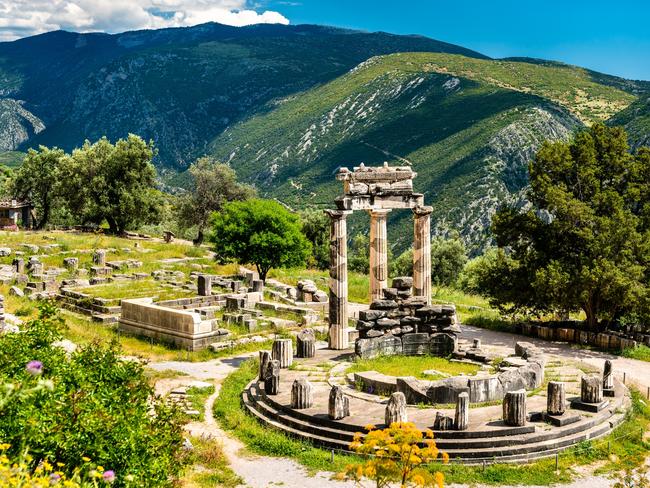
We’ve had a lot of pausing, though. I, for one, had forgotten how much I missed tourists, how much I missed being a tourist, too. They’re a strange and marvellous collection of people, these travellers with a little bit of money who come from all the corners of the earth to see strange old stones. The lesson of Delphi, for me, is this: There are certain questions you can ask only when you give yourself space by leaving the place you live in behind, when you step out of the quotidian. What does my future hold? Who do I want to be? How should I act? That’s why Delphi came to exist after all. As a political entity, it stood outside the control of any of the city-states of the ancient world or the various leagues and empires they formed. Delphi belonged to everybody but it wasn’t anybody’s. That’s what made it the perfect place to ask questions.
While I’m in Delphi, the discovery of the Omicron variant is announced. Once again I have to ask, mournfully: Will I be allowed to go to other places again, to come home safely? Delphi does not hold all the answers. At least it gives me a chance to ask.
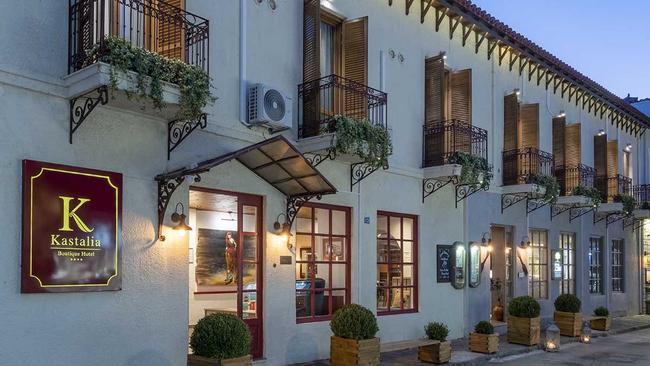
In the know
Day tours from Athens are readily available and can involve multiple stops at points of interest, including Thermopylae or Mt Olympus as well as Delphi. KTEL buses from Athens leave roughly three times a day, but check the schedule by phone and arrive early. Seats can fill up fast. Private transfer, with a driver from Athens, cost about $US170; the drive takes a little over two hours.
Delphi has dozens of pensions, but for higher quality accommodation stay at either Kastalia Boutique Hotel (from about $US70 a night) or Amalia Hotel Delphi (from about $US100 a night). Both have superb views of the Gulf of Corinth and full amenities.
Tavernas are plentiful in the town. To Patriko Mas offers delicious, seasonal versions of Greek classics and a full view of the valley. Taverna Dion, which is cozy and friendly, is another good option.
THE WALL STREET JOURNAL


